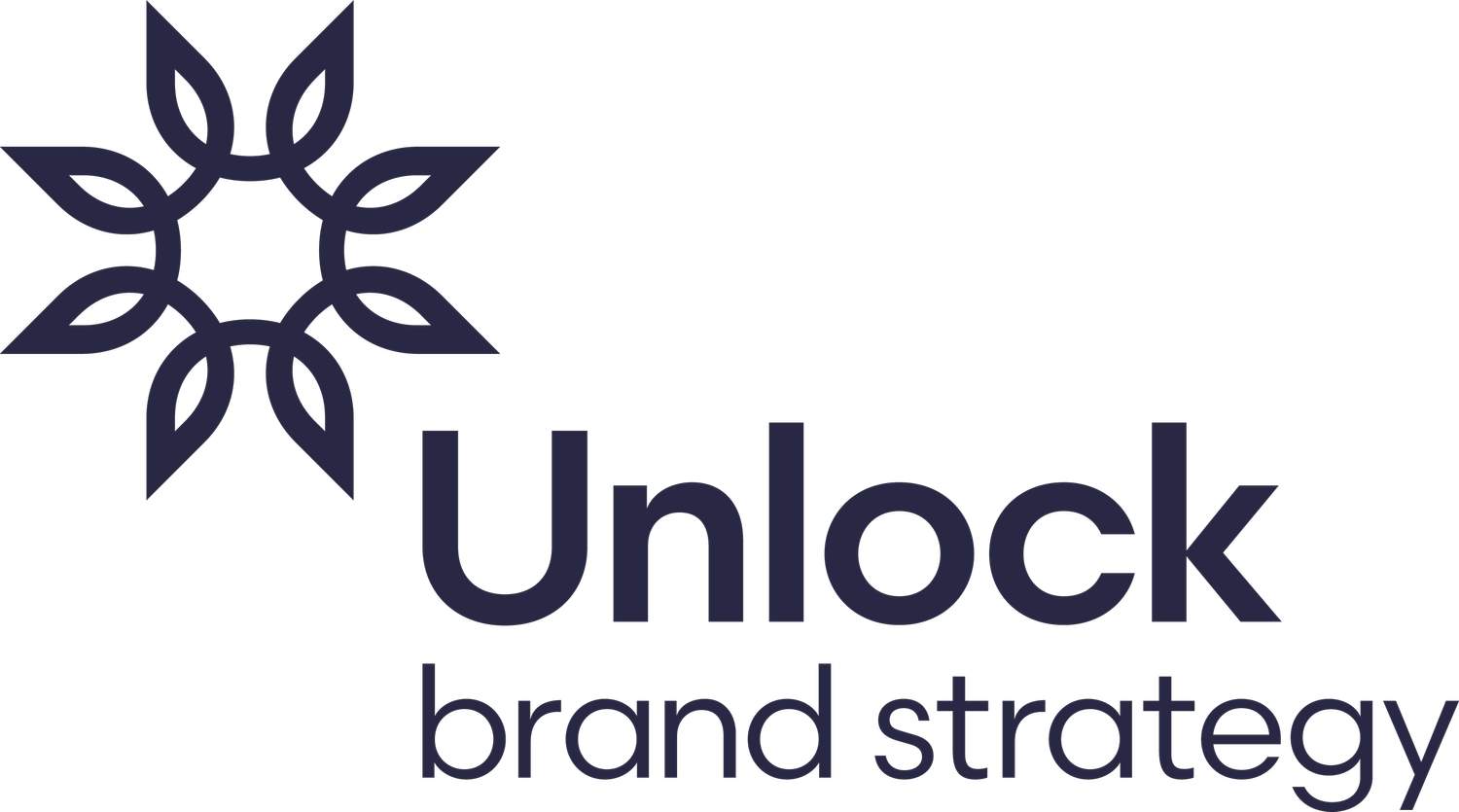2025: the year of the regeneration revolution?
At the end of last year, I had the pleasure of meeting Ed Faulkner and Ivo Devereux, the founders of Sapling Spirits. Besides producing award-winning vodka and gin, Sapling stands out for its commitment to improving the planet. They’re part of a growing movement called Regenerative Branding.
For years, brands have competed to look sustainable – offsetting carbon, reducing packaging, or championing social causes. While valuable, these steps often focus on limiting harm rather than actively making the world better. Regenerative brands aim for a net-positive impact, embedding restoration into their operations and creating contributions that outlast their direct involvement.
Take Sapling Spirits for instance. They source organic ingredients from local farms and recently launched a Regenerative range in support of farming methods that put CO2 back into the ground, improve biodiversity and soil health. They also offer refill solutions as an alternative to carbon-intensive glass. And for every product sold, they plant a tree. This pushes them beyond carbon neutrality into climate positivity – a hallmark of truly regenerative thinking.
And they are not alone. Flooring manufacturer Interface moved past “Mission Zero” by creating carbon-negative carpet tiles, literally removing more carbon from the air than they emit. Tony’s Chocolonely invests in farmer cooperatives and pays above Fair-Trade minimums to tackle child labour and modern slavery in cocoa supply chains. And fashion brand Pangaia develops fabrics from seaweed and other bio-based materials – while researching new textiles that can absorb CO₂ rather than emit it. The list goes on.
Sceptics may ask if such efforts can scale, but big names like Mars, Unilever, and Danone are already experimenting with these ideas. Ensuring supply chain resilience, and healthy communities is a good way of future-proofing their business. As ever, LEGO is a bit of a pioneer here. They are transitioning their bricks from plastic to plant-based or recycled materials. Their Replay programme encourages people to donate used bricks to children in need. And they go beyond harm reduction by funding education programmes in partnership with UNICEF to “empower children to become creative, engaged and lifelong learners through play”.
In an age of rising populism and “anti-woke” backlash, regenerative approaches should transcend politics because they’re tangible, measurable, and beneficial to everyone. Unlike much-derided purpose-led communications and virtue signalling, they deliver immediate community advantages that consumers of all stripes can appreciate.
Ultimately, regenerative branding marks a shift from exploitative to sustainable – and now to restorative. The real challenge isn’t just adapting to change but using your brand to help shape a thriving future for all. For those willing to go the distance, it can be a real competitive edge.
